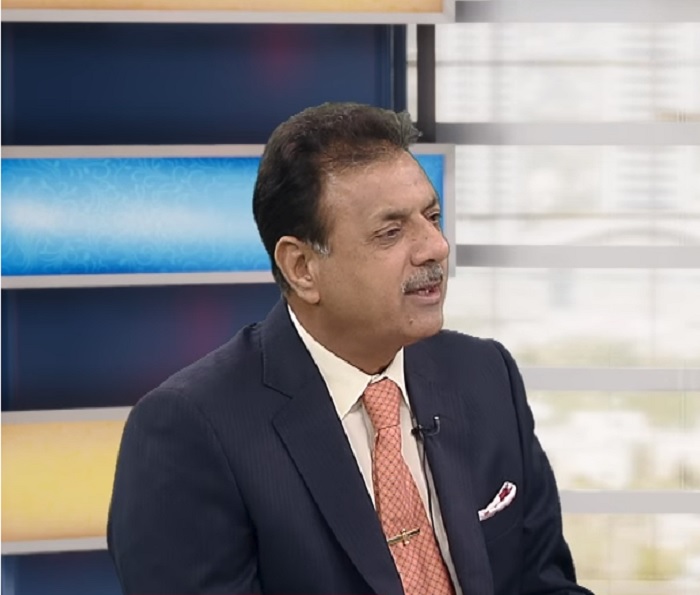US policies in the Middle East facilitating China and Russia – Ijaz Awan

‘If Iran wants to fight, that will be the end of Iran’; these were the words of the US President Donald Trump, who issued an open threat to Tehran through his Twitter handle. Many observers were shocked at how a serving US President used such language, however, history tells us that Trump is not alone when it comes to US Presidents interfering in the Middle East and South Asia.

When the Cold War was at its peak – especially in the 1970’s – USA effectively negated USSR’s movement and influence down “South” by holding three key pivots of Turkey, Iran and Pakistan. Back then, it was also in the US interest to keep both Iran and Afghanistan “stable”. For Washington, China also did not matter that much. However, when the USSR hinted towards moving down South, to access the “warm waters”, Washington was quick in sacrificing Afghanistan’s stability to counter its Cold-War foe.
Soon after the Cold War concluded, the US, under the influence of Israel, aimed at total domination of the Middle East. This policy has ultimately culminated in making the region one of the most unstable spots on the plant.
Israel has also successfully used the US influence in the region that has facilitated in the overthrowing of Saddam Hussain in Iraq, assassination of Gaddafi in Libya, removal of Muhammad Morsi in Egypt and an attempted, but failed, regime change against Assad in Syria. Moreover, many also allege that it was this “scheming” of the US – along with Israel – that played a major role towards the failed Turkish coup aimed at overthrowing President Erdogan.
Both the US and Israel now wish to exploit the Iran – Saudi Arabia rivalry, aiming to wage a war on Tehran. If the US continues on this path, it may lose the region to its rivals China and Russia. We have already seen how USA’s lack of interest in Afghanistan has brought Moscow back in the regional frame, and hence, any attempt at destabilising Iran could provide further space to Russia in the region.
In doing, the US will also provide China, a Russian ally, with an opportunity to challenge Washington’s waning hegemony in the region. In such a scenario, China may well be the first and the largest beneficiary aiming to satiate its energy needs.
It is not only the Middle East that the US is aiming to destabilise. After extracting its benefit (re: War on Terror) from Pakistan, it seems that Washington, in alliance with India, is also planning to destabilise Pakistan by siding with New Delhi and providing Pakistan’s arch rival with its patronage.
This shift in the US regional policy, especially towards Pakistan, Turkey and Iran, is creating a trust deficit that is resulting in old US partners – especially Turkey and Pakistan – looking towards Russia and China for long term regional cooperation and security.
It is also interesting to note that in its attempt to provide patronage to India, Washington has given a nod to the development of Chahbahar Port, especially because it benefits both India and Afghanistan. However, this seems like USA’s final attempt to stay relevant in the region.
In these scenarios, the US administration has a number of hard questions to answer:
Should it appease Israel and invade Iran, which will contain Tehran’s growing regional influence?
Should it spare Iran, facilitate India, create grounds for intra-Afghan conflict and chaos, and resultantly allow both China and Russia to expand their influence in the region?
In conclusion, whatever the path the US aims to take, the risks of a full scale war between Iran and the US bloc – with growing military build-up in the Persian Gulf – are growing with each passing day.
The author, Major Gen. Ijaz Hussain Awan, is a retired military officer and a security and defence analyst.
The source: www.matrixmag.com
Similar articles
Add
Comments (2)
Add comments







